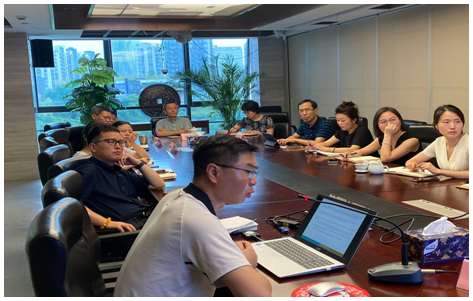I. Risks and challenges faced by overseas projects
1. Security: armed conflict, terrorism, violent demonstrations, hostility, violent crime, organized crime, kidnapping for ransom;
2. Political stability: social unrest, orderly succession, opposition, excessive executive power, international tensions;
3. Government effectiveness: policy making, quality of administrative staff, serious bureaucracy, vested interests, corruption, accountability of civil servants, human rights;
4. Law and regulation: fairness of judicial process, speed of judicial process, contract enforcement, discrimination against foreign enterprises, confiscation/expropriation, intellectual property protection, private property protection, unfair competition, accounting integrity, price control;
5. Macroeconomic: exchange rate fluctuation, recession risk, price instability, crowding out effect, interest rate fluctuation;
6. Foreign trade payments: trade embargo, capital account, discriminatory tariffs, excessive protection, capital control risk, current account convertibility;
7. Financial risks: currency depreciation, financing depth, local market access, securities, banking health, stock market liquidity;
8. Tax policy: regime stability, discriminatory taxation, corporate tax level, retroactive taxation;
9. Labour market: trade unions, workers' strikes, Labour law, skilled workers, professional workers, elite treatment, freedom of association;
10. Infrastructure: port facilities, airport facilities, railway and network distribution, telephone network, road network, power grid, railway network.
Second, the role that CITIC can play
1. Accuracy screening of information provided;
2. Understand the related requirements and procedures of financial institutions in project promotion;
3. Understand national underwriting policies, assist in bidding and project negotiations, design appropriate financing programs;
4. Discuss the project financing structure and select appropriate financing banks;
5. Research project promotion plan.
Third, the significance of due diligence
1. Feasibility analysis of investment merger and acquisition: LDD conducts feasibility analysis from the subject qualification, credit status, qualification certificate, rights status and other aspects of the target company to judge the legal basis and operability of investment merger and acquisition; FDD financial situation analysis;
2. Bargaining means: Through the investigation and analysis of the major assets, creditor's rights and debts, major risks and potential risks of the target company, it can be used as a means for investors to negotiate with the target company, so as to obtain the maximum interests for the investors.
Iv. Key points of project negotiation and contract signing
1. Top transaction structure settled: direct or indirect holding type, creditor's rights control type, structure control type; (Tax incentives, convenience of foreign investment approval, convenience of connection with the domestic capital market)
2. Negotiation of investment or merger terms: stating guarantee terms, internal corporate governance structure terms, consideration payment terms, exit mechanism, intellectual property rights and interests;
3. Law application dispute resolution clause: law application agreement, law applicable to dispute resolution, dispute resolution method, determination of dispute resolution location.